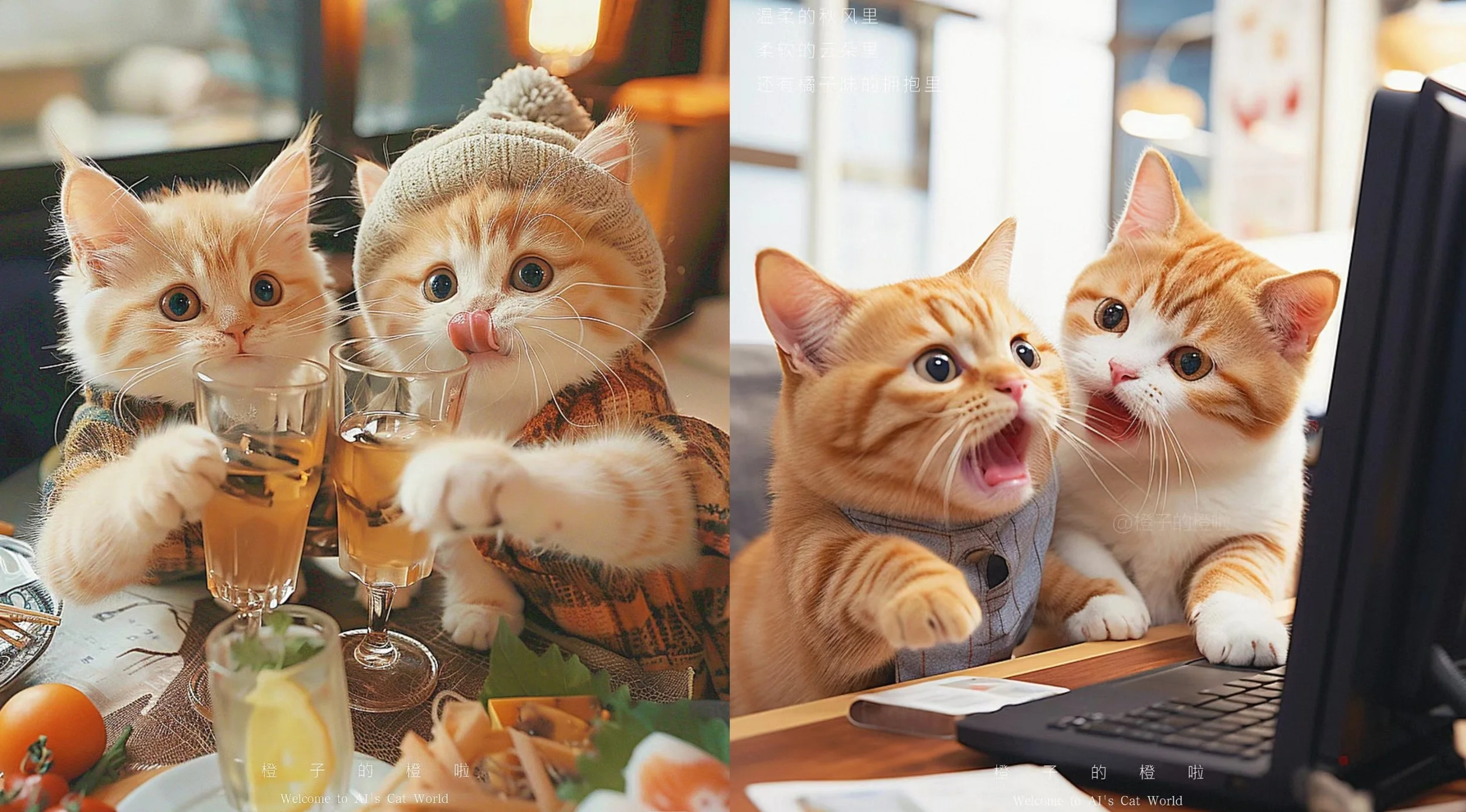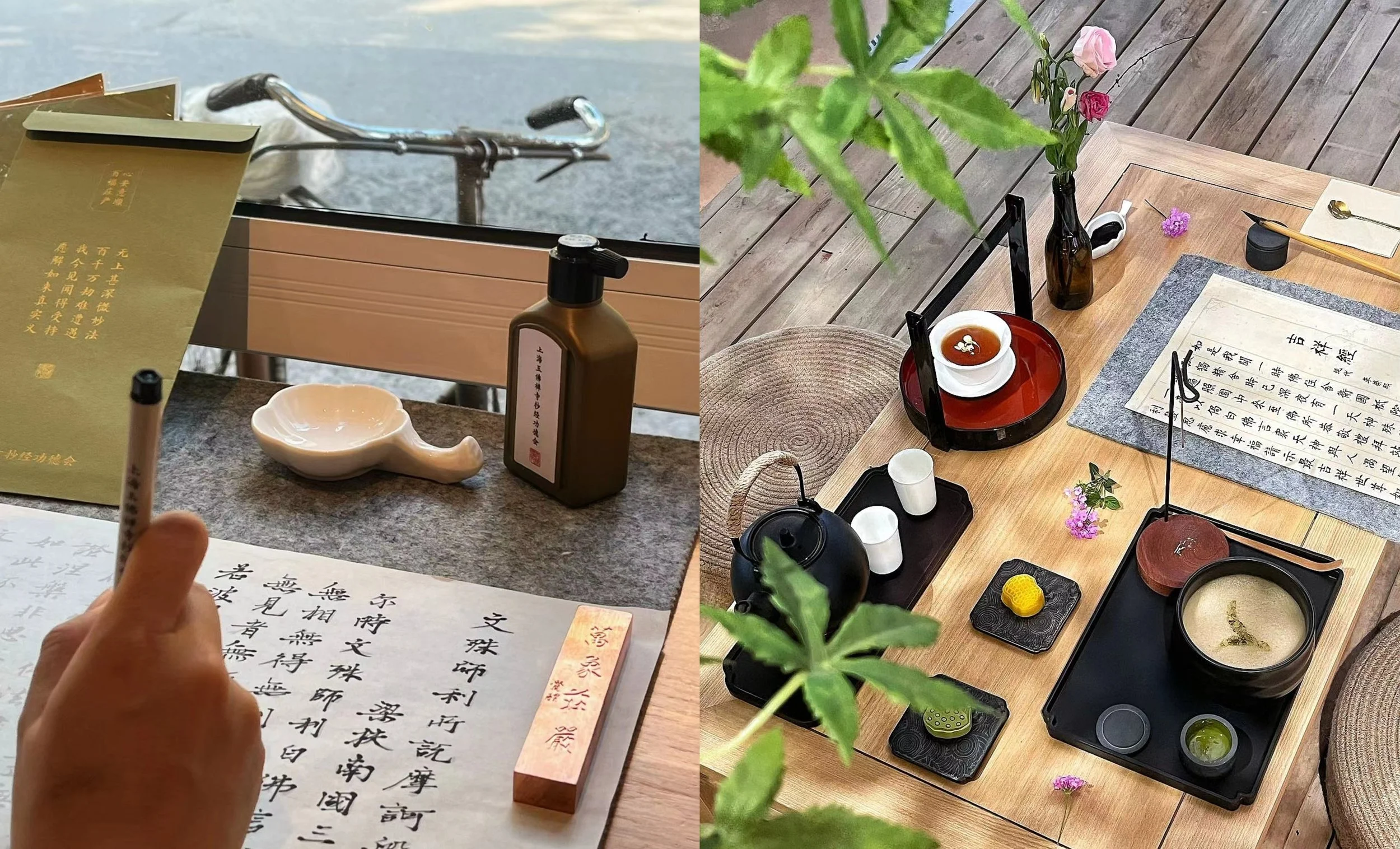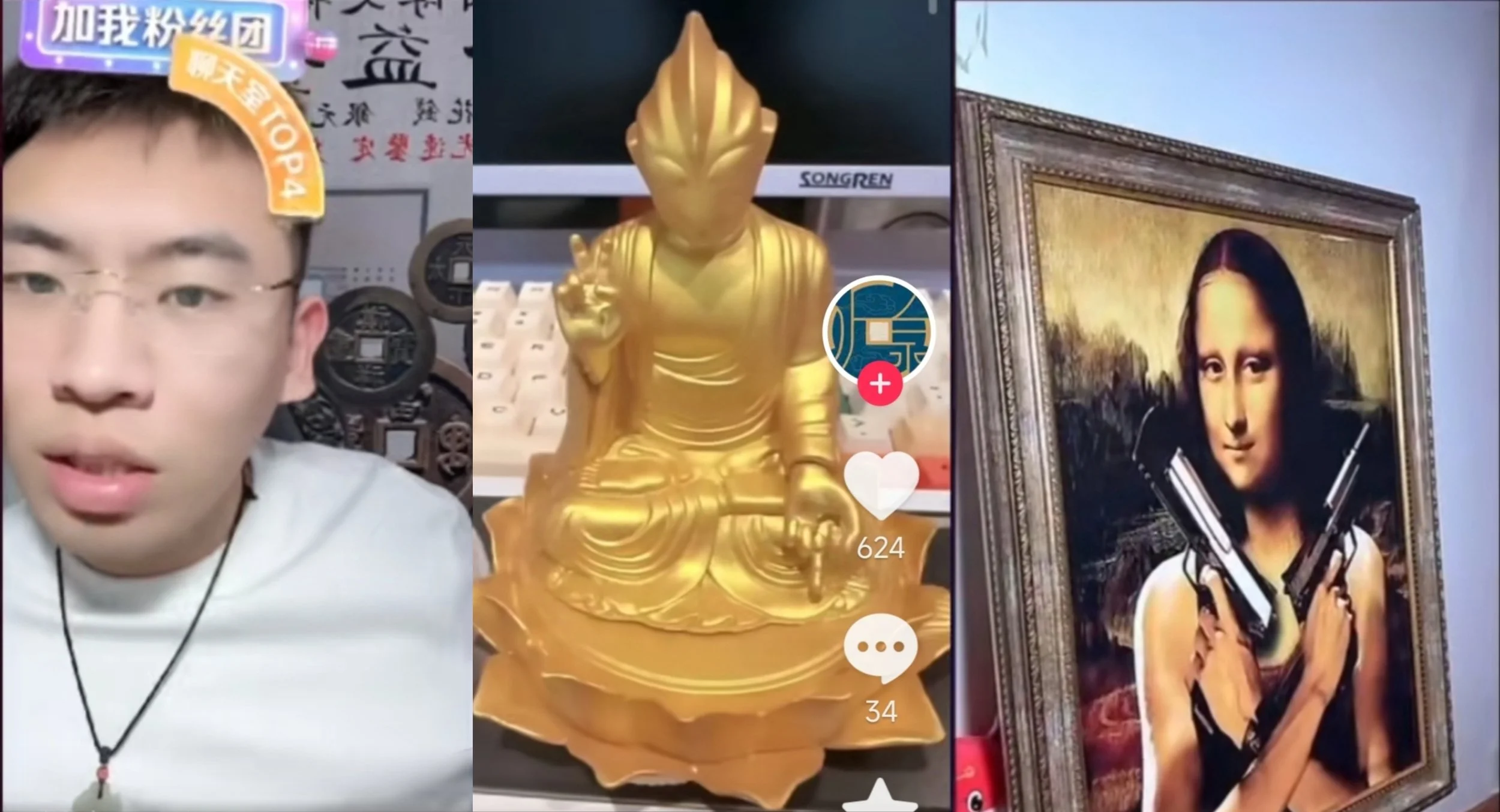Emotional value triumphs: inside Jellycat Café pop-up in Shanghai
The hottest spot in Shanghai’s café scene right now is none other than Britain’s Jellycat CAFÉ. This limited-time pop-up marks the fourth stop in Jellycat's 25th anniversary global tour, following New York, Paris, and London. Inspired by Shanghai's laid-back coffee culture and its iconic magnolia flower, the café blends the brand's creativity with local flair. Reservations are required, and spots for the National Day holiday were snatched up quickly. This even fuelled a scalper market, with people reselling entry slots for a profit.

Jellycat Cafe storefront in Shanghai, China. Image: Xiaohongshu @Jellycat @潮流生活 @西瓜爱上饭
The "latte" everyone’s lining up for is actually a plush toy called "AMUSEABLES YULANIA LATTE." During the event, Jellycat launched five Shanghai-exclusive products, including the “latte“ and other items like the “BARTHOLOMEW BEAR ‘CUPCAKE‘ “, the "AMUSEABLES TITIA TEAPORT," the "AMUSEABLES SIP & SLURP TEACUPS," and the "AMUSEABLES YULAN TARO CAKE." Prices range from ¥359 ($51) to ¥459 ($65).

5 Shanghai-exclusive products launched in Jellycat Cafe in Shanghai. Image: Xiaohongshu @Jellycat @DannyZhou @西瓜爱上饭
Jellycat Cafe in Shanghai offers immersive and interactive packaging for customers. In this video, the staff sanitizes her hands, greet the bear, groom it, and give it a pretend "spa session." Using an imaginary cream gun, they ask customers how much "cream" they'd like on the bear's cupcake. The bear is then packed with a badge and stickers, along with a reminder to "feed it its favourite cupcake." Video: Xiaohongshu @拔草仙女小雨
This theatrical, immersive performance has sparked a huge online buzz. Comments like, “The world’s gone crazy, and I don’t understand it anymore,” “Can I pretend to pay?” and “It feels like make-believe; these staff need incredible dedication!” flooded social media. The packaging videos went viral on platforms like Douyin and Xiaohongshu, landing on their trending lists.
JELLYCAT’s popularity stems from selling not just toys, but emotional value and companionship. Each plush comes with a name and a backstory, and even the store’s immersive performances treat the toys as living beings, forging emotional bonds through interactive experiences.
This kind of immersive atmosphere has become a powerful way for brands to win over fans (see examples below). What may seem bizarre or even absurd is actually a clever way to cater to young people's desire for novelty and emotional connection, transforming products into a form of “social currency.”

When AUNTEA JENNY launched its “Amber Peach Gum” series, it offered adorable peach gum, stewed pear plush toys, and dessert spoons, which sold out quickly. The brand also opened four "Plush Dessert Shops," where handsome pastry chefs "cook" plush pear and peach gum desserts, drawing long lines of customers. Image: AUNTEA JENNY's Plush Dessert Shops in Shanghai. Xiaohongshu @脆皮吴花肉 @沪上阿姨
The BEAST also partnered with JELLYCAT to open co-branded flower shop. From May 17-21, this limited-time pop-up at Beijing’s Taikoo Li Sanlitun offered four exclusive JELLYCAT plush flower bouquets and a special 520 collection. Customers could immerse themselves in the flower packaging process at the pop-up shop. Video: Xiaohongshu @今天喝奶茶了吗
However, some customers were disappointed by the staff's lackluster performance, which undermined the expected emotional experience during the packing process. One customer shared, “I went through the trouble of securing a reservation and waiting in a long line, only to be met with such indifference from the staff. It completely ruined the experience."

Complaints on staff's indifference to customers in Jellycat Cafe, Shanghai, shared by customers. Image: Xiaohongshu.
Despite foreign brands generally being perceived as safer in China, they often squander this advantage by failing to localise and understand the ecosystem and cultural nuances
A concise yet holistic summary of March 2025’s key marketing developments in China, highlighting valuable insights and their implications for brands.
Instead of chasing scale through aggressive franchising or racing to the bottom with price wars, Honeymoon and Ah-Ma Handmade are playing the long game: building brands rooted in culture, craftsmanship, and emotional connection
Longchamp grew 20% last year while other luxury brands struggled. It did so by building its brand around its products, and by building immersive, seasonal experiences
POPMART's Labubu's popup in London's Harrod's is symbolic of increasingly global Chinese brands, and the plenty of lessons that come from them
Elderly influencers provide a counter-narrative to China’s intense work culture, proving that seniors can live life on their own terms, which is proving endearing to young Chinese consumers often labelled as “fragile youth”
Xianyu has evolved from a second-hand marketplace into a hub for youth culture, side hustles, and digital innovation, offering valuable insights for foreign brands in China
A concise yet holistic summary of January 2025’s key marketing developments in China, highlighting valuable insights and their implications for brands.
Conversations are likely to be a little different for many young Chinese returning home for their Chinese New Year holiday
A Harper’s Bazaar campaign featuring hotpot CEOs is a testament to the power of blending fashion, culture, and business leadership. It not only redefines the role of CEOs in branding but also highlights broader trends in cultural revival, emotional connection, and experiential marketing.
Hyper-local regional specialities are becoming increasingly popular in China based on their grassroots authenticity and uniqueness, presenting valuable lessons for foreign brands
AI has become an integrated tool for marketing in China 2025, making marketing easier at a surface level, but harder than it has ever been before. How do brands utilise AI to stand out?
From adapting flavours to creating viral moments, Oreo has continually evolved to meet the changing tastes and lifestyles of Chinese consumers, transforming the foreign brand into a household favourite.
A concise summary of last month's key marketing developments in China, highlighting valuable insights and their implications for brands.
After spreading over social media, China’s youth have demonstrated their need for community and adventure en masse causing a stir on their 50km group ride
MINISO has launched MINISO LAND, attracting massive crowds. Its first global “IP theme park-style” flagship blends globally- known IPs into an immersive shopping experience.
China Skinny’s review of key marketing trends and lessons we observed over the month of October 2024.
Moncler invested $28 million in the one-day "The City of Genius" event in Shanghai, blending global vision with local creative culture. For foreign luxury brands, the Chinese market remains unparalleled, and Moncler’s showcase sets a powerful example of how to captivate and inspire younger Chinese consumers.
China is experiencing a shift—or even a dilemma—in its bricks-and-mortar retail landscape. While high-end malls are seeing declines, non-standard commercial spaces are on the rise. Among these, Beijing’s THE BOX Youth Energy Center is redefining the offline retail experience by tapping into the spending power of the younger generation.
Chinese youth embody a rich tapestry of lifestyles and values that defy easy categorization. In a social media world saturated with flashy façades and overly curated personas, many still celebrate authenticity and self-discovery. This creates opportunities for brands to craft fresh, compelling stories that resonate with their desire for genuine connection.
Following the robotic dogs, CASIO's latest innovation, the AI pet Moflin, is broadening horizons of what these pets can be. Beyond AI pet healthcare and smart supplies, AI is spawning exciting product placement opportunities related to pets.
From in-house exhibitions to various brand collaborations, Shanghai Mental Health Center at 600 Wanping South Road is tapping into mental health concerns, helping to reduce stigma around mental health.
As new generations redefine what weddings look like, brands are seizing the moment to connect with young couples seeking authenticity and personalization.
Scripture copying, once a niche activity, is now a rising wellness trend among young people. It is becoming part of the growing "temple economy," expanding from temples to teahouses and beyond.
The runaway growth of China's collectable toy market hasn't just stemmed from the toys themselves, but the ritual and occasion of the purchase journey - Jellycat's pop up cafe is case in point
Traditional collectibles have become a form of social currency among young people. From spiritual comfort to stylish accessories, livestreams and e-commerce have made these pieces more accessible. And people watch appraisal livestreams for whacky collectibles as an entertainment.
Jellycat CAFÉ has taken Shanghai by storm with its limited-time pop-up. Exclusive plush toys and immersive packaging performances highlight Jellycat's unique blend of emotional value and playful creativity.
Zara's pop up in Shanghai's trendy Anfu Lu provides plenty of lessons on marketing and retail for brands in China
Zara's Anfu Lu pop-up store in Shanghai's former French concession is being reinvented every week; here are photos of the first two iterations
A wave of viral videos in China are flipping the script on traditional Chinese-style parenting. Filmed from a child's perspective, these clips turn guilt-inducing phrases back on parents, pushing them to reflect on their parenting approach.






























